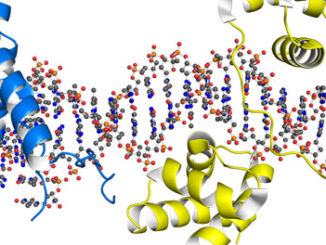Targeting Noncoding RNAs in Disease: Challenges and Opportunities
Noncoding RNAs make up the majority of transcribed RNA and have a wide range of functions in cellular and developmental processes. Consequently, they are also implicated in the development and pathophysiology of many diseases and represent potential targets for therapeutic intervention. Scientists found that effective in vivo inhibition (or silencing) of microRNA, one class of noncoding RNA, has enabled to make groundbreaking discoveries about the contribution of these short regulating RNAs to some of the major human diseases, such as [more…]






